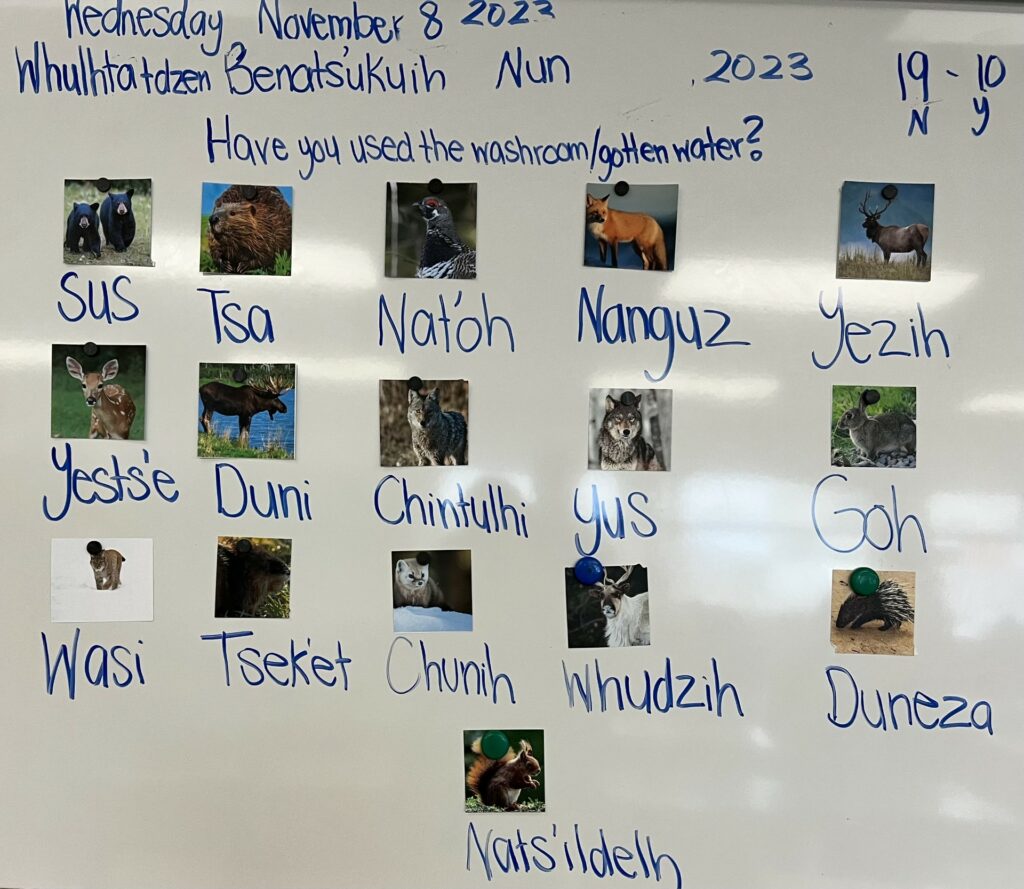“Educators respect and value the history of First Nations, Inuit, and Metis in Canada and the impact of the past on the present and the future. Educators contribute toward truth, reconciliation, and healing. Educators foster a deep understanding of ways of knowing and being, histories, and cultures of First Nations, Inuit, and Metis”- Taken from BCTC’s Professional Standards for BC Educators
This standard is one that I know I will be working on, learning about, and developing throughout the entirety of my teaching practice. Ever since I started the education program, one of my main priorities has been to include the ways of knowing and being, histories, and cultures of the local Indigenous Peoples in my classroom and the everyday experiences of the students. Not only do I want to include this knowledge, but I want to do so in a way that is authentic and genuine and is a natural part of my day and teaching practice and not something I feel like I am throwing in because I am required to. Because my prior knowledge of local Indigenous Peoples was minimal before getting into the education program, I only have the resources and knowledge that I have accumulated over the last 16 months. I am grateful for everything I have learned and I know it has started me on the path of authentically indigenizing my practice, but I also know I have a long way to go. I am excited for the opportunity of lifelong learning this standard represents and I will always make it a priority to continuously work on this part of my practice. Some of the things I have already done or plan to do with my next classroom are
- Greetings in Dakelh (hadih, bunda hunzoo)
- Circle check-ins and completing lessons in circle wherever possible following circle protocols (talking stick, listening with an open heart, only talking when it is your turn to do so, moving to the left when the circle starts to follow the direction of your heart, and giving the students an opportunity to pass without the fear of judgement or ridicule)
- Days of the week and months of the year written in Dakelh on the whiteboard and during calendar time
- Following the natural calendar and seasonal rounds for the Lheidli T’enneh people, doing a lesson on the value and animal each month is represented by, talking about what the name of the month means in Dakelh and what is happening for the Lheidli people during this time, and doing a lesson on both the language focus and seasonal theme for every month)
- Working closely with the Indigenous Education Worker at my school to ensure I am always incorporating Indigenous content and voices in the most authentic and genuine way possible and not accidentally appropriating or misrepresenting
- Incorporating drumming and traditional Indigenous songs into the classroom

